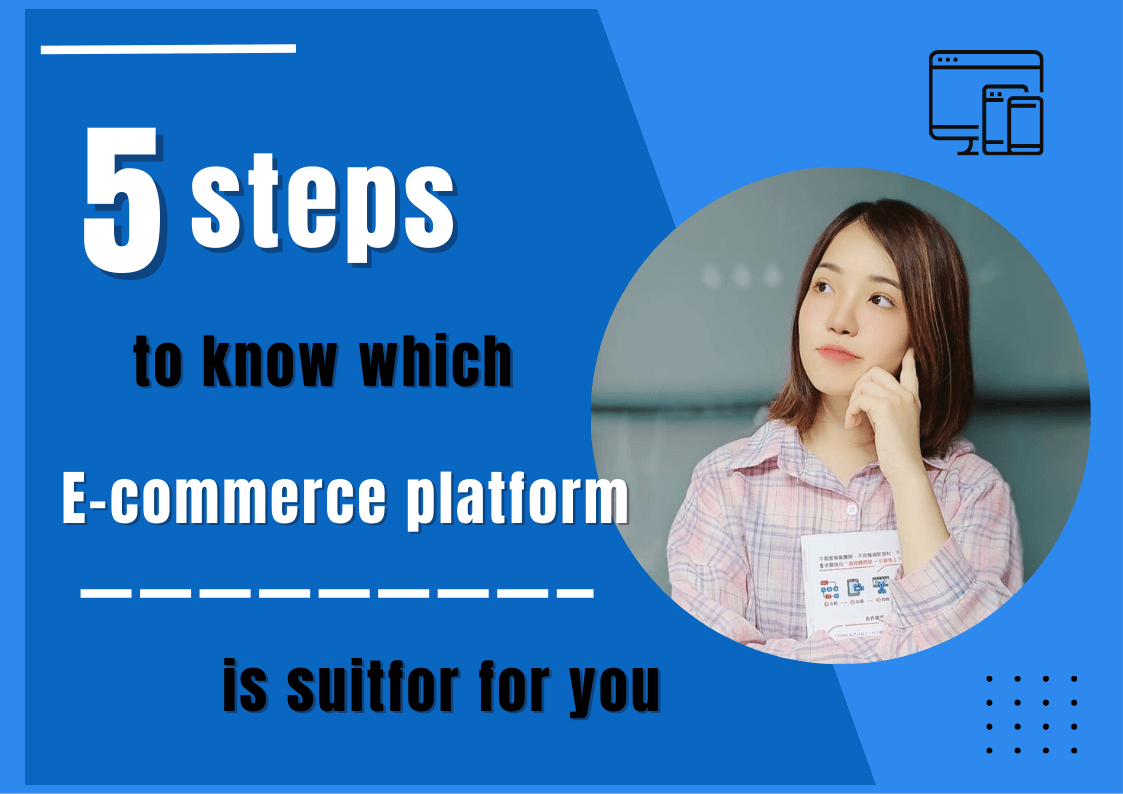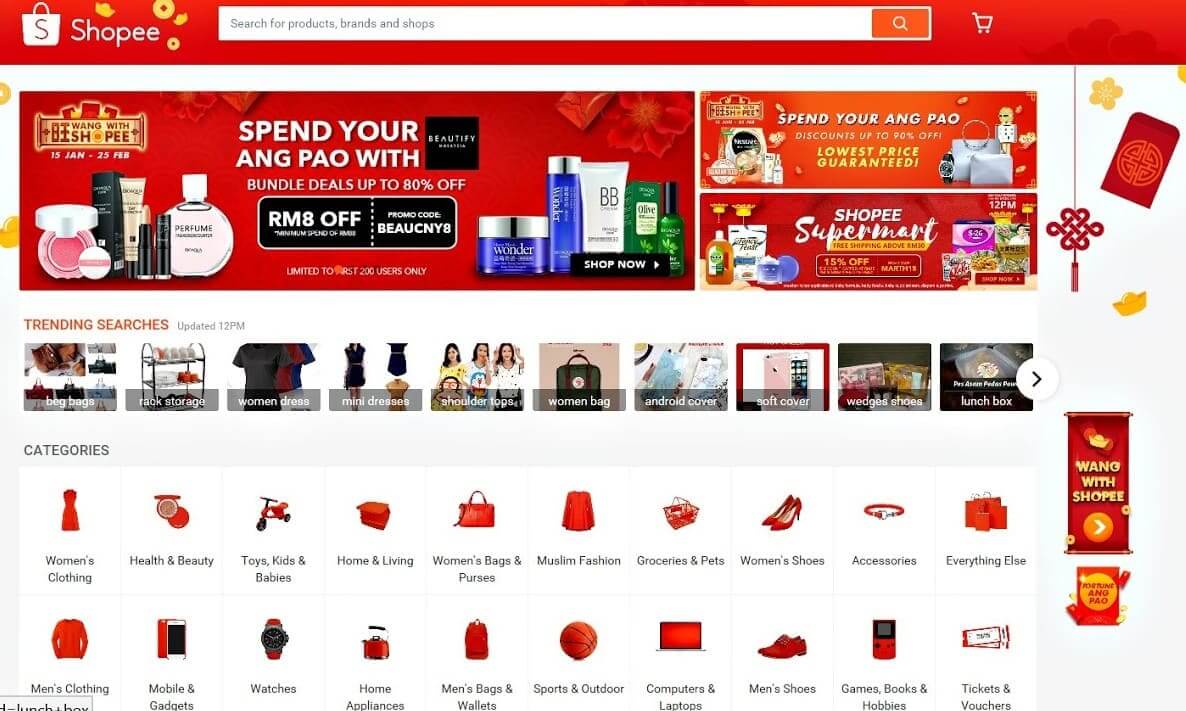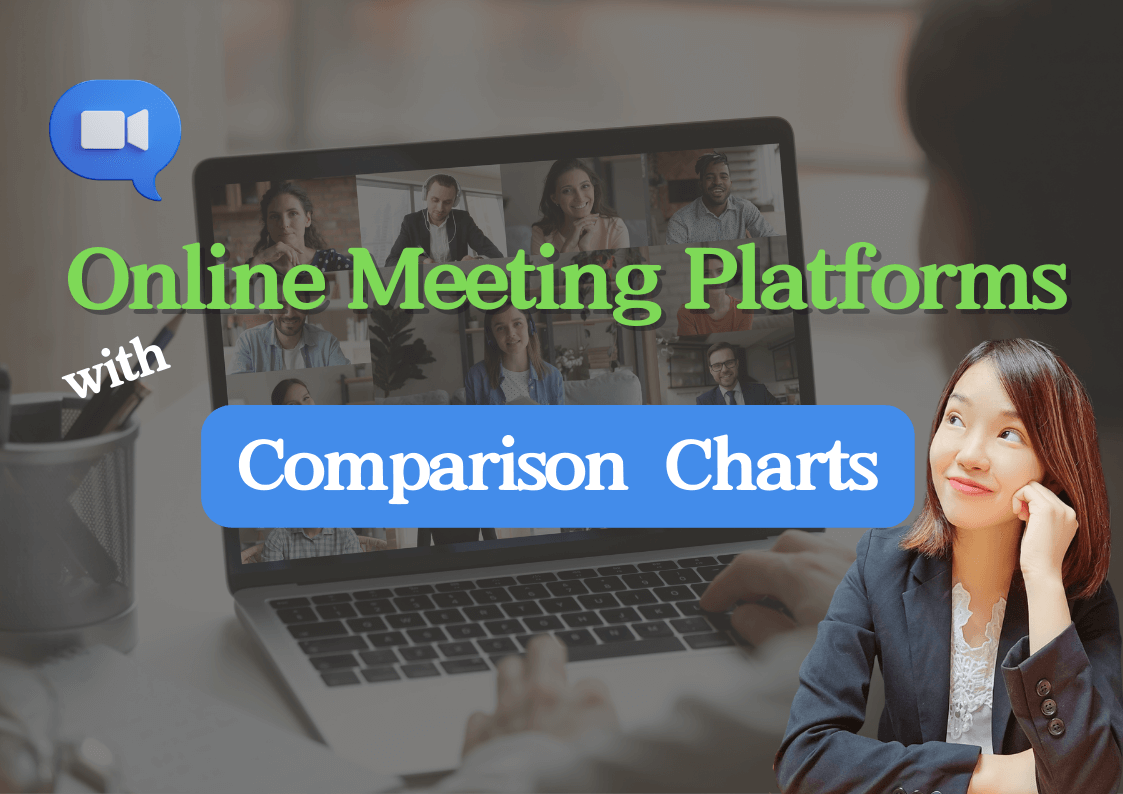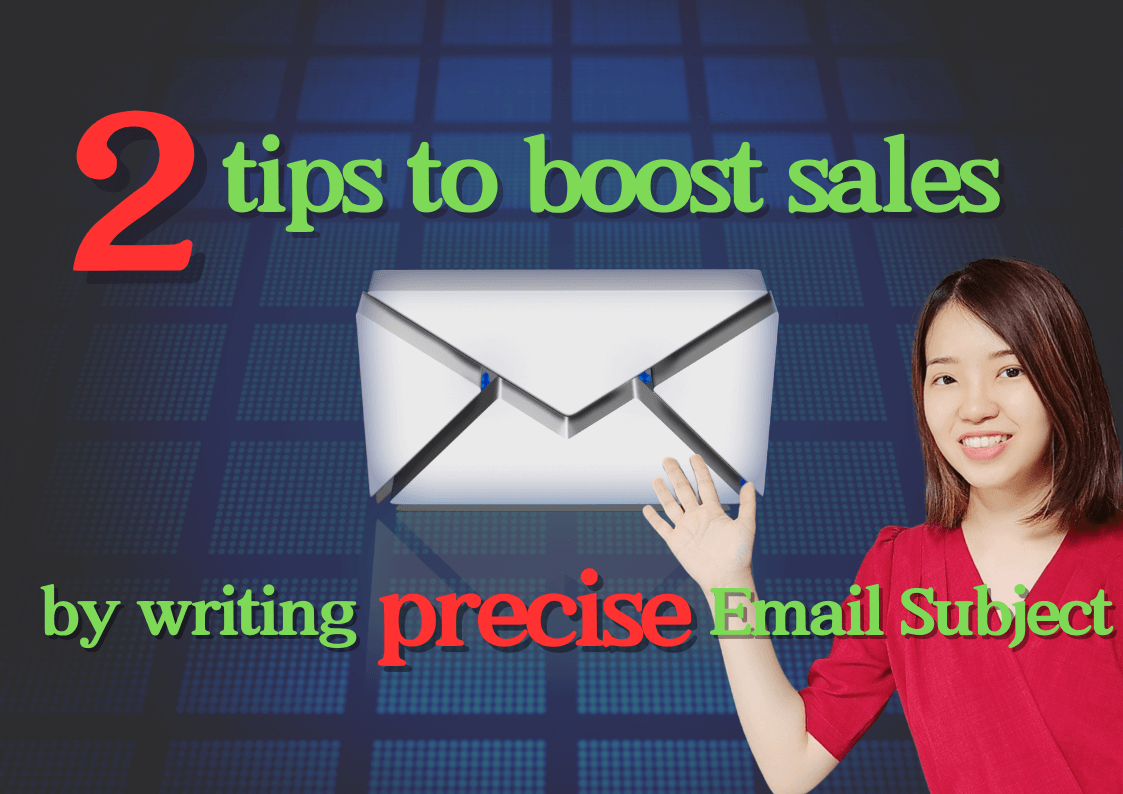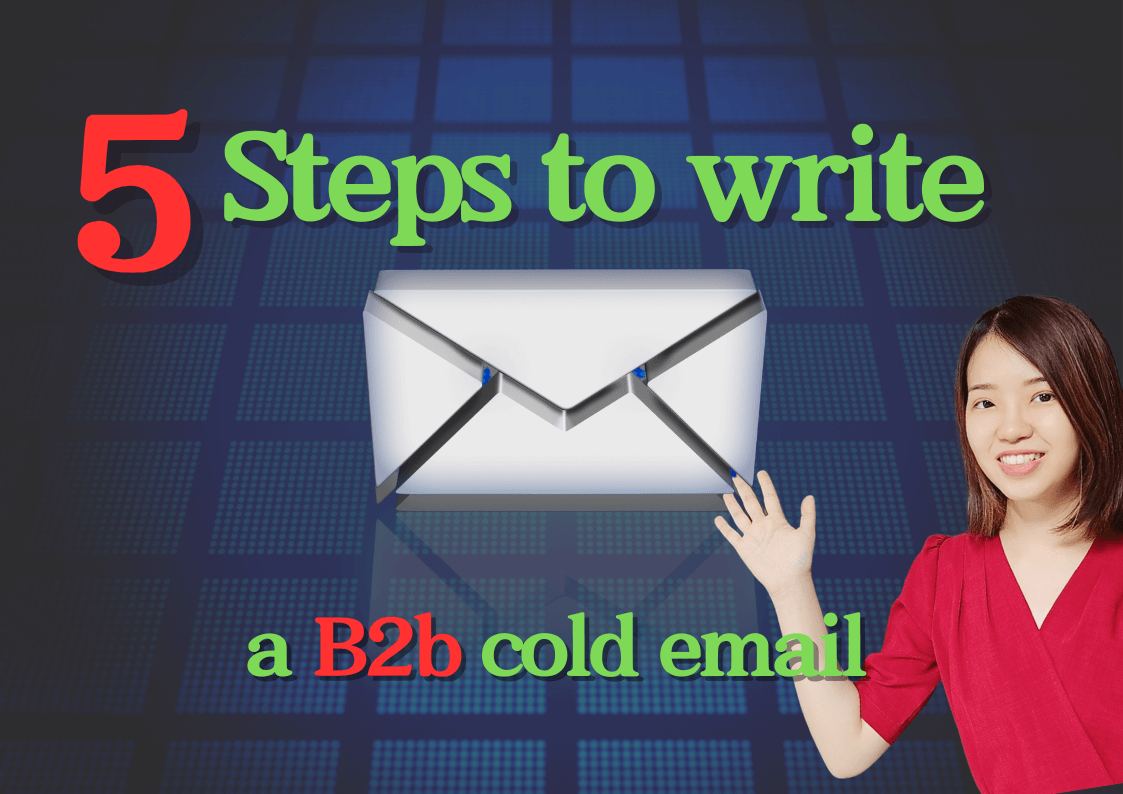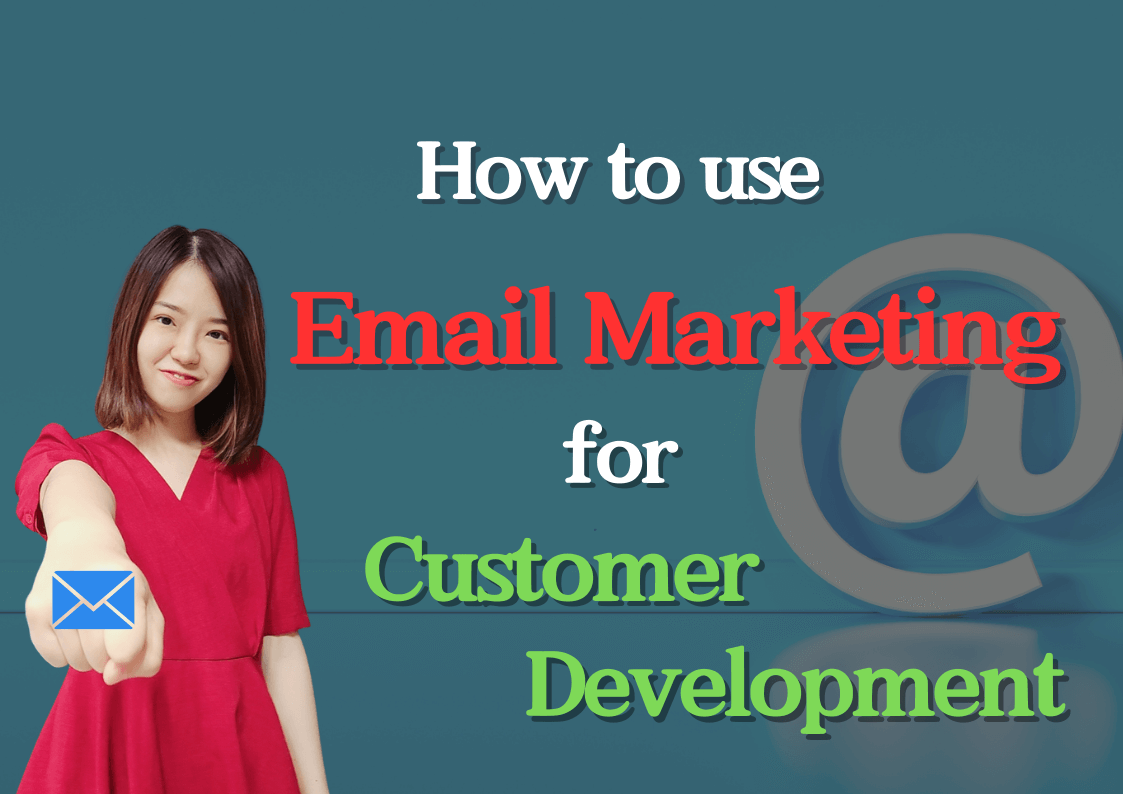In this boundless world, cross-border e-commerce has become a battleground for many small and medium-sized enterprises. Various companies spend considerable time comparing the benefits of different cross-border e-commerce platforms, hoping to attract more new customers to their brands through these platforms.
However, before choosing a cross-border e-commerce platform for small and medium-sized enterprises, as a business owner, you need to understand what B2B cross-border e-commerce is. What are the differences between it and B2C cross-border e-commerce? And how should we layout our strategy?
Today, let’s delve into a comparison of B2B and B2C cross-border e-commerce, which may be different from what you imagined!
What is cross-border e-commerce?
Cross-border e-commerce, is a trading method that completes all import and export product displays, sales, transactions, and financial flows through online platforms. With cross-border e-commerce, trade transactions can be done worldwide through online platforms, without being limited by geographical boundaries. It offers features such as immediacy and convenience. Indeed, it is the first choice for multinational corporations today.
However, cross-border e-commerce can be divided into two categories: B2B cross-border e-commerce platform and B2C cross-border e-commerce platform, each with its key characteristics.
B2B cross-border e-commerce platform
B2B cross-border e-commerce platform focuses on enterprise-based cross-border trade. In Taiwan, it primarily involves hand tools, automotive parts, cosmetics, and healthcare products. Enterprises can use B2B platforms to provide exclusive products and excellent services to customers, building good relationships with them and facilitating international trade.
Common B2B cross-border e-commerce platforms include Alibaba International, TradeKey, and Global Resources, each dedicated to establishing an international trade channel for suppliers and buyers worldwide.
( Read More: 3 Search Ways to find buyer and their Emails via Custom Data)
B2C cross-border e-commerce platform
B2C cross-border e-commerce mainly involves individual sellers and a few enterprises engaging in cross-border trade. In Taiwan, it focuses on consumer products such as beauty and skincare, electronics, health supplements, and food brands. Anyone can use B2C platforms to provide products and services to buyers, aiming to achieve sales objectives.
Common B2C cross-border e-commerce platforms include Amazon, Ebay, Lazada, Shopee, Taobao. If your focus is on B2C cross-border e-commerce, these platforms are worth exploring.

5 steps to easily examine your own resources
1. Considering from the management and operations perspective
As an owner of a small or medium-sized enterprise (SME), when venturing into cross-border e-commerce, there are five aspects that can help you quickly clarify your needs:
(1)Customer Type
For package printing companies, considering the large market demand and numerous competitors, when venturing into cross-border e-commerce, targeting long-term, stable B2B clients is advisable. It’s beneficial to follow technological trends and prioritize the development of potential end-users.
Industries such as kitchenware, gaming, computer products, and logistics have experienced a surge in demand during the pandemic, and their products undoubtedly require packaging. Therefore, leveraging B2B e-commerce platforms to find relevant clients with such needs is highly suitable.
B2C cross-border e-commerce may also involve some wholesalers and retailers needing their packaging. However, the demand may not be as stable as that of B2B brand owners. They often opt for standard products, which are more prone to price comparisons, making it challenging to highlight unique printing and design features.

For a manufacturer of copper foil for lithium-ion batteries used in electric vehicles, the order conversion time required for customized modules will differ(standard modules are fast and customized takes longer to discuss details).
As the lithium-ion battery factory, you need to consider how to allocate the proportion of customized and standardized module customers when seeking clients. After all, this decision will impact production scheduling, cash flow arrangements, inventory levels, and other related issues. It’s essential to assess these factors properly to avoid situations such as insufficient production capacity, cash flow interruptions, or excessive inventory in your factory.
(2)Conversion rate of orders
For lithium battery manufacturers catering to the electric vehicle industry, when seeking customers on B2B cross-border e-commerce platforms, you’ll notice that some customers place one-time orders while others place repeat orders.
In such cases, you’ll need to assess your own factory’s capacity and capabilities to determine which type of order is more suitable. Additionally, you’ll need to decide how to allocate the proportion of one-time and repeat orders to effectively manage the manufacturing schedule.
(3)Revenue
Lastly, before starting on the B2B cross-border e-commerce platforms, it’s essential to set the annual revenue target for your company. Only then can you be more organized to make a plan and know how to achieve revenue goals.
2. Considering manpower arrangements
- B2B cross-border e-commerce platforms
In the context of B2B cross-border e-commerce platforms, manpower arrangement entails individuals who excel in communication, provide quick quotations for international business, understand platform data analysis as marketing specialists, and understand technical and custom requirements from customers.
Typically, once a buyer sends a request, she might receive hundreds of quotations within a day. Purchasers can set quotation limits, often accepting the first 100 quotes, after which the demand closes. Therefore, establishing an independent e-commerce team to promptly meet customer needs is essential.
Language isn’t a significant barrier as platforms often offer multilingual translations, facilitating easy communication with clients. However, standing out among competitors requires meticulous attention to proposals and quotations. It’s advisable to tactfully address issues that purchasers may not have considered, demonstrating professionalism and attentiveness.
- B2C cross-border e-commerce platforms
In the terms of a B2C cross-border e-commerce platform, where mass consumer products dominate and product cycles are short, substantial manpower may be needed for long-term store maintenance (listing, image updates, and monitoring platform promotions). As B2C consumers prioritize visual marketing, outsourcing graphic design for platform layout and image updates is preferable.
Moreover, facing end consumers directly necessitates a high sensitivity to trendy products. Engaging professional marketers for product keyword analysis and planning is vital to meet consumer demands.
Lastly, as consumers may have numerous queries regarding products and deliveries, arranging after-sales service personnel and packaging inspection personnel entails higher manpower costs.

3. Viewing from the perspective of products
If you were a connector manufacturer planning to enter the cross-border e-commerce market, you would likely choose a B2B cross-border e-commerce platform like Alibaba. The reason behind this choice is clear, as B2B platforms provide more B2B businesses.
- B2C cross-border e-commerce platforms
When listing your products on a B2B cross-border e-commerce platform, such as Alibaba, your products can be categorized based on various detailed specifications such as manufacturer certification, country of origin, material, packaging, features, colors, and customization options. This allows interested buyers to quickly find your products based on their specific requirements.
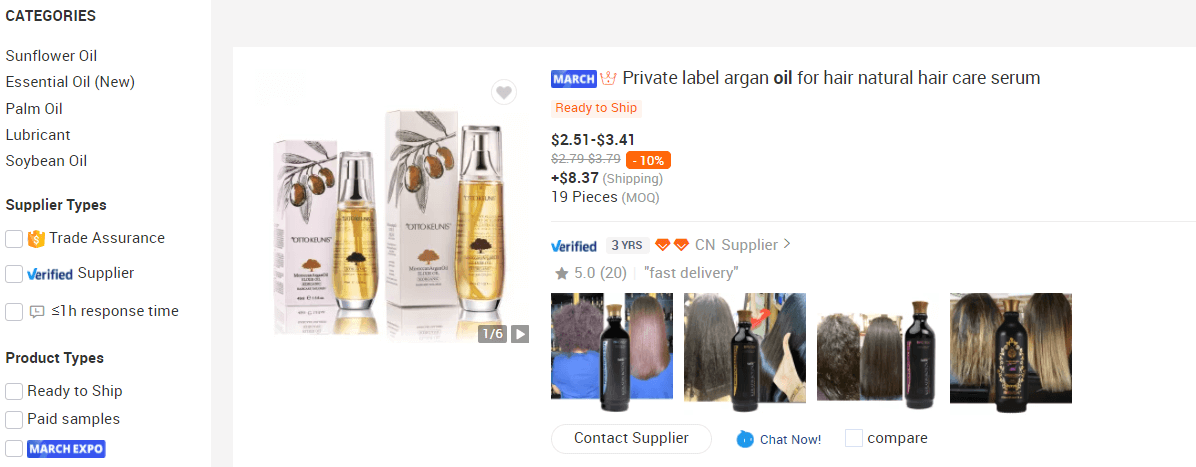
- B2C cross-border e-commerce platforms
On the other hand, if you choose to list your products on a B2C cross-border e-commerce platform like shopee, the categorization is usually based on consumer purchasing habits, focusing primarily on attributes like color and style. This may make it more challenging to highlight features such as manufacturing processes, design capabilities, and safety certifications.
Moreover, certain products like intimate care products for women, toy guns, or archery products may face categorization challenges or even prohibition in Muslim-majority countries or countries where Islam is practiced, which could prevent your products from being listed.
▲Shopee Platform Categories
Therefore, when listing on B2C platforms, it’s essential to carefully review the platform’s listing regulations. I’ve heard of manufacturers who had thousands of product reviews due to violating platform rules on huge discounts, even leading to the loss of years of accumulated positive feedback. In severe cases, an account may even be suspended. Hence, it’s crucial to be extremely cautious and stay updated on the platform’s policies all the time.
4. Logistics arrangements
For B2B cross-border e-commerce enterprises, logistics are typically arranged through air or sea freight. As both buyers and sellers are traders, purchases are often routine, and the locations for dispatch and delivery remain consistent. The required warehouse space and shipping volumes are also relatively stable, making overall logistics arrangements simpler.
(Read More: Use “Customs Data” to find worldwide B2B buyers)
On the other hand, for B2C cross-border e-commerce enterprises, logistics primarily involve small parcels. Each customer’s order may vary, leading to changes in delivery locations. The diverse packaging methods and shipping arrangements increase the complexity of shipping. There are various options for freight transport, with preferences varying by region.
For instance, in China, Hong Kong, and Macau, SF Express is commonly chosen, while DHL,FEDEX,UPS and TNT are popular choices in Europe and America. For Southeast Asian countries, it’s advisable to compare shipping options on platforms like Taobao due to different local customs regulations, which may result in various tariffs and inspections.
Therefore, it’s recommended to collaborate with reputable and professional freight companies with high levels of cooperation. Consequently, logistics arrangements for B2C cross-border e-commerce tend to be more complex compared to B2B counterparts.

Since consumers typically care about shipping fees, it’s advisable to lease local warehousing for popular products and utilize local logistics for direct delivery. This approach not only makes your product prices more competitive but also facilitates returns and exchanges for customers.
5. Payment arrangements
For B2B cross-border e-commerce enterprises, several common payment methods are often used due to the relatively large transaction amounts involved:
This method typically takes 5-7 days to receive payments. To safeguard themselves, manufacturers may request a deposit from the customer upon placing the order rather than waiting until shipment. However, T/T transfers may incur bank fees ranging from USD 30 to 50, including intermediary bank charges.
Some buyers may prefer using PayPal to avoid these fees. However, it’s important to note that while buyers don’t need to pay additional fees with PayPal, the recipient is charged a 4.4% transaction fee on the received amount, which can add up over time.
This method provides more security for the manufacturer as it involves bank endorsement. However, the overall payment process with L/C can be longer. Some buyers may struggle to meet the financial requirements demanded by banks for issuing an L/C, making it difficult to conduct transactions with manufacturers.
On the other hand, for B2C cross-border e-commerce enterprises, payment methods primarily depend on the cross-border platform used. For example, if using Amazon, payments would be processed through Amazon’s payment services or PayPal. Other popular payment methods for B2C cross-border e-commerce platforms include Alipay, Payoneer, and Stripe, which typically offer features like real-time transactions and convenient payment options.
If using a B2C cross-border e-commerce platform, we need to consider the payment habits of local users and should adopt payment tools accordingly to reduce the chances of cart abandonment.
(Read More: 5 Common Payment Methods & Terms for International Trade)
Start “Sales Automation Tool” to save 80% time
B2B cross-border e-commerce platforms have become the main way for many B2B enterprises to acquire new customers. If you would like to know other ways to develop more customers, you can also consider our “Sales Automation Tool” . By utilizing product keywords search and “Customs Data”, you can reduce your customer development time by 80%. For more information, feel free to Whatsapp or Email us.

